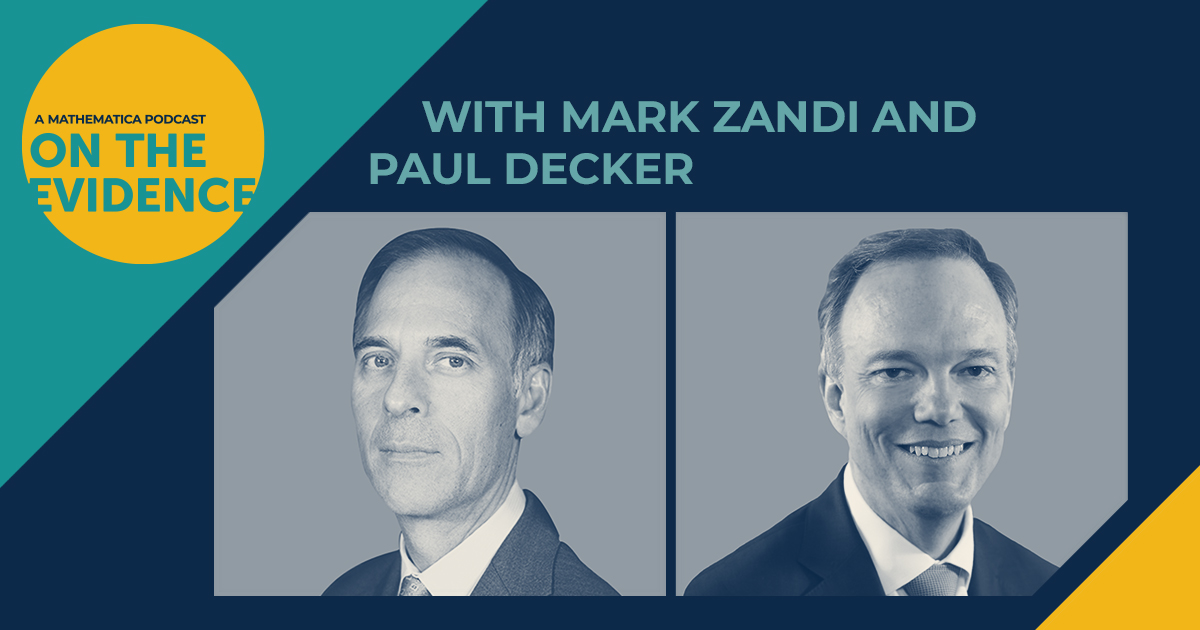Consumers use data every day when making decisions about buying household goods, booking hotels, or choosing where to eat. Businesses use data to determine the ads we see, the best location for expansion, or the cost of their services. But using data to drive decisions about social programs continues to remain out of reach for many policymakers and program administrators at all levels.
We understand that the stakes are high. The data are messy. The systems are old. But we also know the pressure is on and that the biggest hurdle to using data to inform decisions is often just figuring out how to get started. Still, too many conversations about the promise of using data to drive decisions lead with new steps, new requirements, new resource needs, and new expectations that are simply out of reach for too many.
It doesn’t have to be that way.
That’s why we recently kicked off Becoming Data Drivena new series of conversations focused on . We’re using this series to shine a light on the people and programs that can provide the insights to get you moving in the right direction … and help you avoid the potential pitfalls on that path.
In July, I had the opportunity to host the first event in the series, which brought together leaders who not only understand the complexities of government data systems but also were careful to connect the idea of using data back to the mission of their respective organizations. That’s an important element that we touched on throughout the conversation, and one that is truly fundamental to not only getting started on this journey but also undertaking it in the first place.
As Clarence Wardell, director of city solutions at Results for America, put it, moving toward becoming a data-driven organization is less about the data you have or the tools you can access and more about building a culture of curiosity.
Veronica Olazabal, director of measurement, evaluation, and organizational performance at the Rockefeller Foundation, made the important point that in many ways these conversations are both aspirational and theoretical. Very few organizations have figured out the silver bullet to becoming data driven, but everyone is feeling the pressure to figure it out … and fast.
It was also helpful to hear Connor Norwood, chief data officer for the Indiana Family and Social Services Administration, talk about the value in starting small to build the value proposition that can drive more robust data-driven approaches further down the line.
One of the most common questions we received from the audience centered on the tension between the push to become more data driven and the fear of losing sight of the deep expertise and experience of frontline staff that might not show up in the numbers. This tension often comes up in well-meaning debates about the use of data-driven versus data-informed practices, and it was helpful to hear the American Public Human Services Association’s Christina Becker underscore how to interpret that distinction and how to ensure that frontline staff know their professional expertise and judgment are valued.
After the forum, we released a podcast that takes a closer look at some of the constraints of using state administrative data and new ways state agencies might approach handling and using their administrative data.
These pieces are just the start of this important conversation. Over the course of the series, we’ll map out what a strong data foundation looks like, what’s most important versus what is nice to have, how data visualization techniques can help frontline staff and program administrators better understand data’s uses and value, and what’s needed to help policymakers at all levels better understand the power and the pitfalls of predictive risk modeling and other uses of artificial intelligence.
We hope that you’ll join us throughout the series and look forward to continuing to share insights that can help organizations take their first steps, or their next steps, to better use data to chart progress together.


